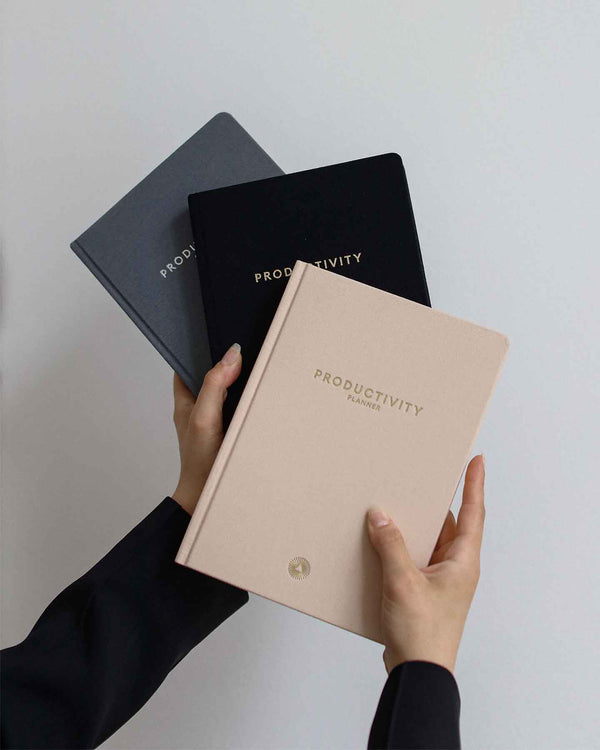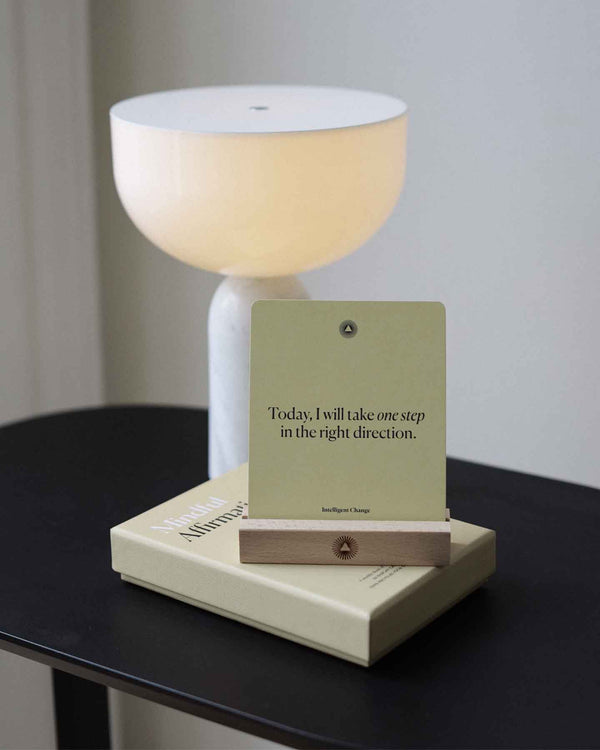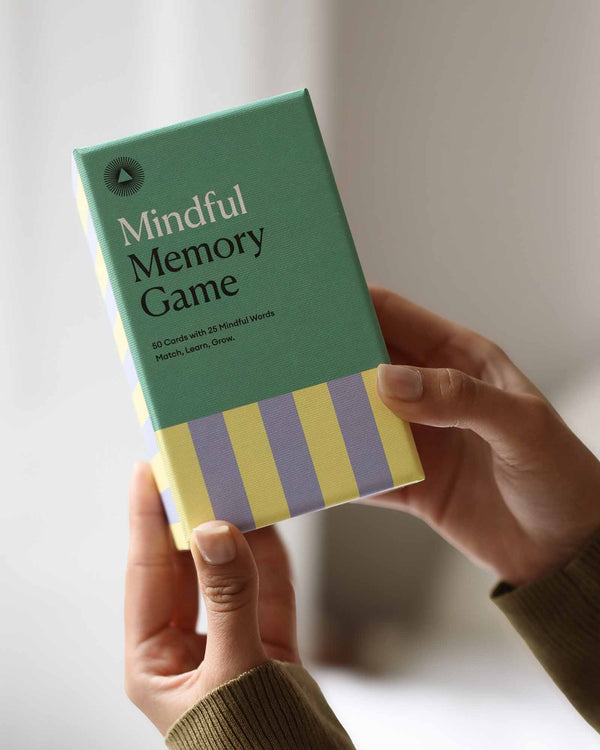Avoid Burnout by Taking Breaks
by Intelligent Change
The culture of overworking and overcommitting to jobs and other promises, along with the phenomenon of losing personal identity to professional success, has led us to one of the burning issues of today: the burnout. Overworked, overwhelmed, pressured, and stressed out, we often risk our health and emotional well-being for the sake of enhancing our productivity and finishing a to-do list.
Burnout doesn’t simply happen at once. It develops along 12 stages and has many different symptoms. These include exhaustion, disconnection from our work, loss of interest in activities, a productivity slump, as well as mental and physical health issues.
Organization, structure, and conscious transition from one activity (or task) to another can help you create healthy boundaries and essentially avoid burnout in the long run. In this article, we will explain how you can prioritize your well-being and prevent burnout with minimal effort.
How to Avoid Burnout
Monitor Your Emotions
It may seem unrelated at first, but emotional intelligence is one of the most important pillars of burnout prevention. Knowing how to recognize your emotions, name them, and understand their roots can help you manage stress better. There are many ways to stay in contact with your emotions, and most of them involve some relaxing activities and mood tracking.
You can create healthy grounding routines and take regular walks, do sports to stay in contact with your body, journal about your feelings, meditate, or do breathing exercises. It is also well known that spending time in nature has therapeutic effects, so we strongly recommend scheduling time in nature a few times a week. By committing to you-time, you will overcome the obstacles to mindful living, and, after a while, it will become easier to manage your emotions.
Be Aware of Your Mental Health State
Once you’re on the road of being burnt out, overwhelmed, tired, irritated, and lacking motivation, it’s quite difficult to pull a handbrake and make a big change. If we let ourselves burn out, we will need to go through the process of recovery, and that can be difficult, challenging, uncomfortable, and long.
The best way to keep your head straight is to practice healthy habits daily and stay aware of your mental health state:
- Design a healthy morning and relaxing evening routine;
- Prioritize sleep;
- Eat healthy food;
- Exercise regularly;
- Keep a journal;
- Engage in mindful and creative activities;
- Create boundaries between your work and personal life;
- Have a screen and information detox to focus on other important things.
If you feel like your emotional and psychological hardships are getting out of hand, the best thing to do is talk to a professional.
Take Breaks
Whenever we talk about productivity, we also talk about the importance of taking breaks. It is impossible to remain focused and get things done if you neglect to recharge your energy and freshen up your mind every now and then. This works on both micro and macro levels.
Working in long intervals is not as effective as working in short sessions. That’s why we’ve based our Productivity Planner on the Focus Time technique and time blocking, enabling you to organize your workload in fragments.
Having a structure is an important element of preventing burnout, but flexibility and rest are nonetheless important. To put it simply: no breaks––no energy. If you keep repeating the pattern that leads to exhaustion and languishing, you’re risking going down the path of burnout.
If you’re struggling to take time for yourself, you can try to schedule breaks in your Productivity Planner and block time in your calendar or to-do list. Start small and schedule for half-an-hour or fifteen-minute breaks. Simply treat a break as a task and it will become easier to overcome the internal conflict regarding breaks.
Besides scheduling for breaks, you can also use some menial everyday activities to take time for yourself. For example, you can do breathing exercises or think about your emotions while doing laundry or washing your hands. Eventually, this will all add up and make a difference in how you feel.
Create Structure
Just like routines, structure helps us automate certain processes and make our days more organized. Even if your schedule doesn’t allow you to create the same structure for every day, there are certain things you can do to plan ahead and organize your priorities so you can move through them with ease.
Although multitasking can be a lot more harmful than we often imagine, sometimes we cannot escape it. If you find yourself in such a situation, there are ways to minimize the negative effects by proper planning, and The Productivity Planner framework can be of great help for this.
Scheduling activities can help you become more motivated to complete even the most menial and boring tasks, like sending invoices, but also make time for those that fall under the self-care category, those that we often decide not to complete because we lack inspiration.
You can time-block any type of activity you find important. Sometimes, you will prioritize writing your PhD thesis, but at other times, you will prioritize stretching your back. Priorities can change depending on the circumstances.
More Tips on How to Create Structure
Other structure-related factors also influence the level of your productivity. The work atmosphere, order in which you complete tasks, regular breaks, and the amount of screen time are some of those factors. Here is some advice on how you can handle all that.
Have a Designated Work Space
If you work from home, this is extremely important. Working from your bed or switching from one place to another in your apartment can be fun at first, but soon you’ll realize that constant change in the working environment is a huge distraction and a waste of energy.
Working from a designated workstation helps you build a habit and be more productive because our brain associates the signals from our environment with mind and body states. That habit will help you focus and switch to work mode every time you sit at your work desk. Your brain will then shift to relax mode whenever you move away from it.
Start Off Productively
The best way to get inspired at the beginning of the day is to accomplish something that will make you feel good and in control of. This means that you should ensure that the first thing you do each day is something that you are sure you can complete. It could be filling out your journal, working out, or simply making your bed––whatever works best for you.
Since our brains love routines, including achieving success in our morning routine, no matter how small it is, will help you stay inspired to keep going through the day.
Limit Your Screen Time
When you’re done working or taking a break, try to turn off your screens. Blue light from the screen is very tiring for the brain, so when it’s time to rest, let it rest also. Additionally, limiting pre-bed screen time is very important for good quality sleep, but also for minimizing the negative effects of stress.
Mindful Breaktime
We can not stress enough how important breaks are. Even five minutes of taking a break (especially from the screen) can help us recharge our batteries and return to our tasks fresh and enthusiastic.
The Focus Time technique that we’ve mentioned earlier in the article provides short breaks between work sessions, and one longer break after completing five sessions of work. To avoid getting carried away and forgetting to take a break, you can set up an alarm that will go off in desired intervals. To avoid screen time but still get reminded to take a break, you can use our Focus Time Hourglass. This elegant hourglass is set to 30 minutes, helping you to stay focused on that important task and enter the flow state.
Also, how you spend your breaks is very important. Be present. Check in on yourself. Step away from your desk and relax in another area. Take a walk and let your mind wander, or do something else that de-stresses you.
Implement Transitions Between Activities
Instead of jumping from one task to another, it can be useful to implement transition time. This means that between each task, you’ll do something for a couple of minutes to take a break, but also to prepare for the upcoming activities.
This is particularly important for those working from a home office. When you go to a physical office, you usually have a morning routine at home: getting dressed, having breakfast, reading the news, journaling, and commuting to work. These activities prepare you for a productive day in the office or a calm evening at home once you’re back.
At home, the boundaries between personal and professional life can become blurry, so you can implement some activities to make a transition from waking up to sitting at your laptop and winding down from a workday.
Reaching the state of burnout means that your inner systems are crashing: your body and mind can’t take your tempo anymore and they’re alarming you to slow down and change something. When you notice the symptoms, act.
Try to remember something that makes you feel good and relaxed, and make time in your schedule to enjoy it. Take an evening off, create a cozy atmosphere at home, and enjoy the little things. Or consider a vacation, a weekend getaway or a retreat to help yourself find the new center in your life.










